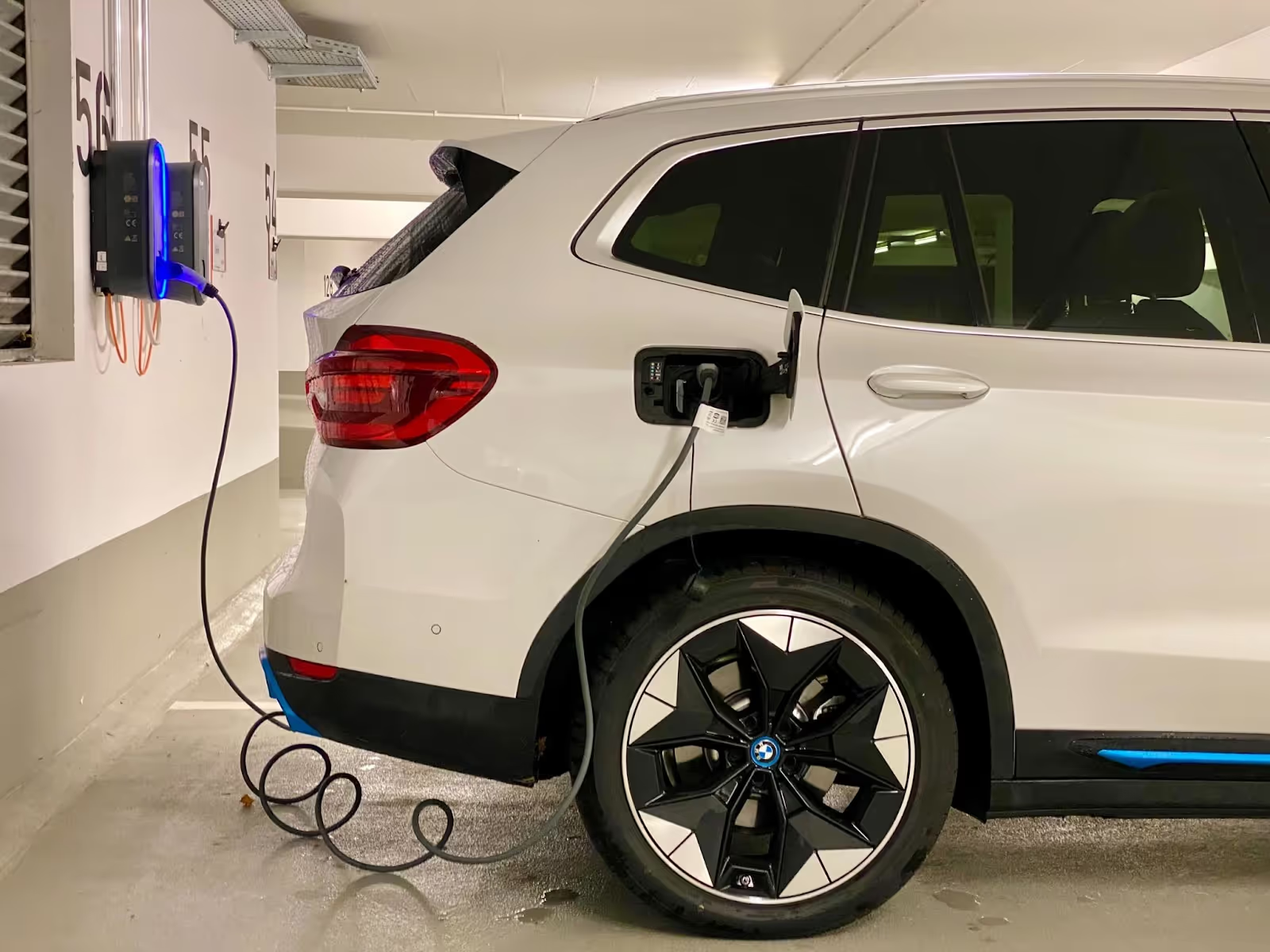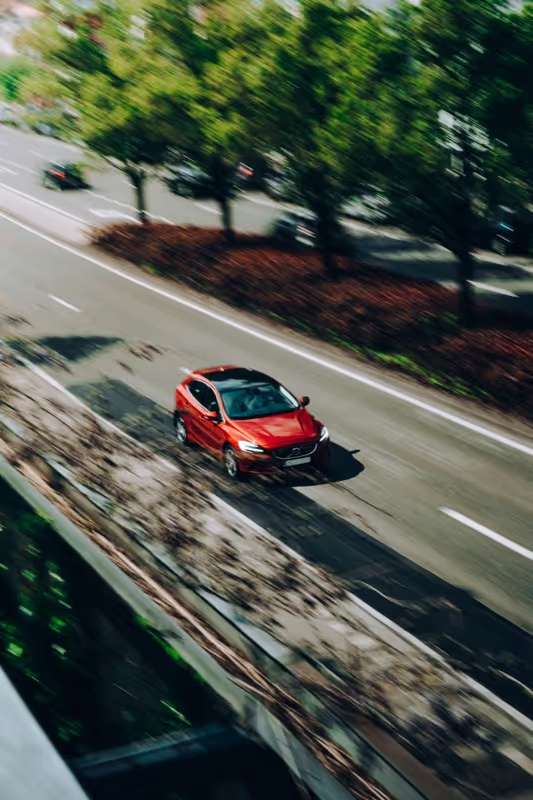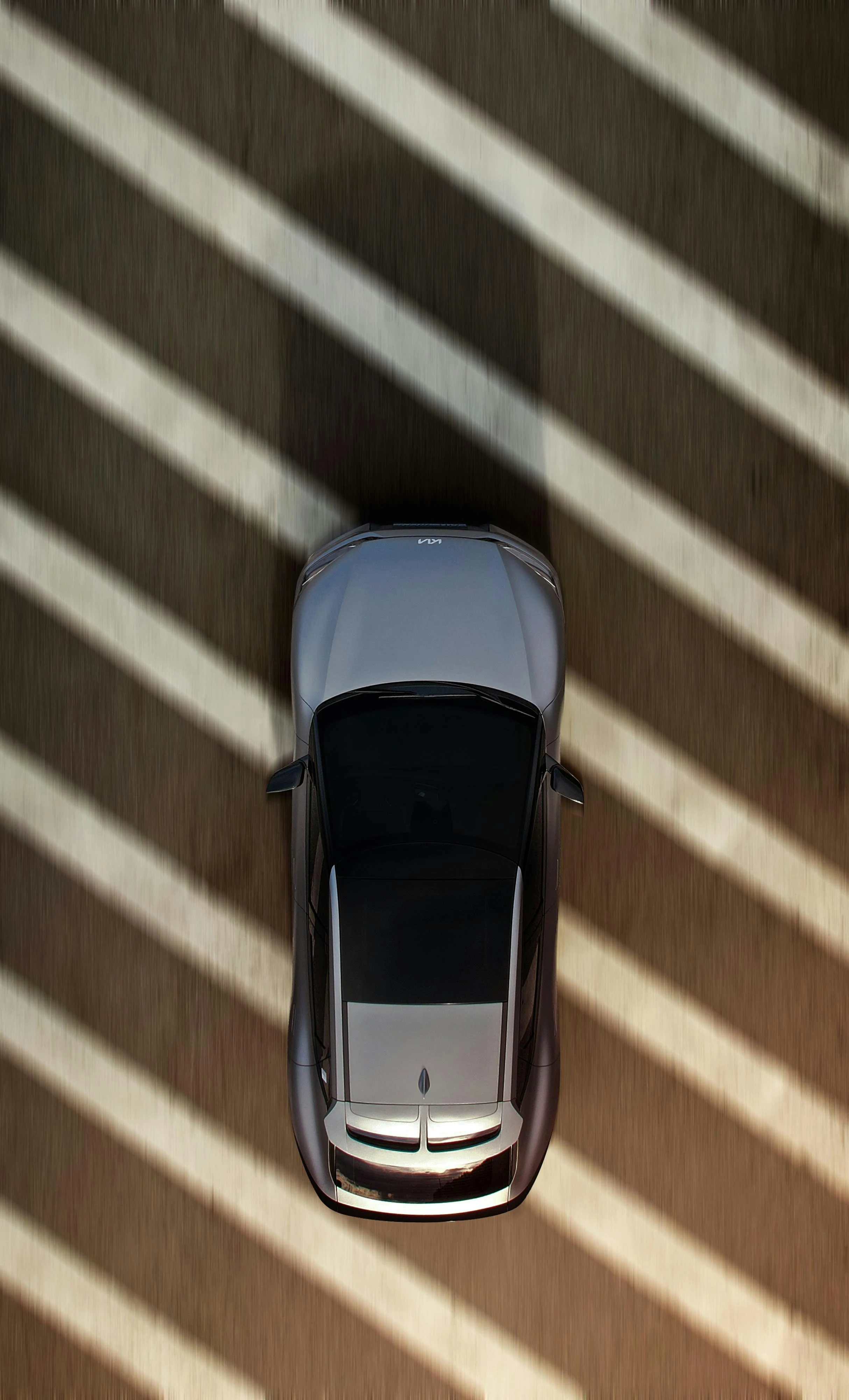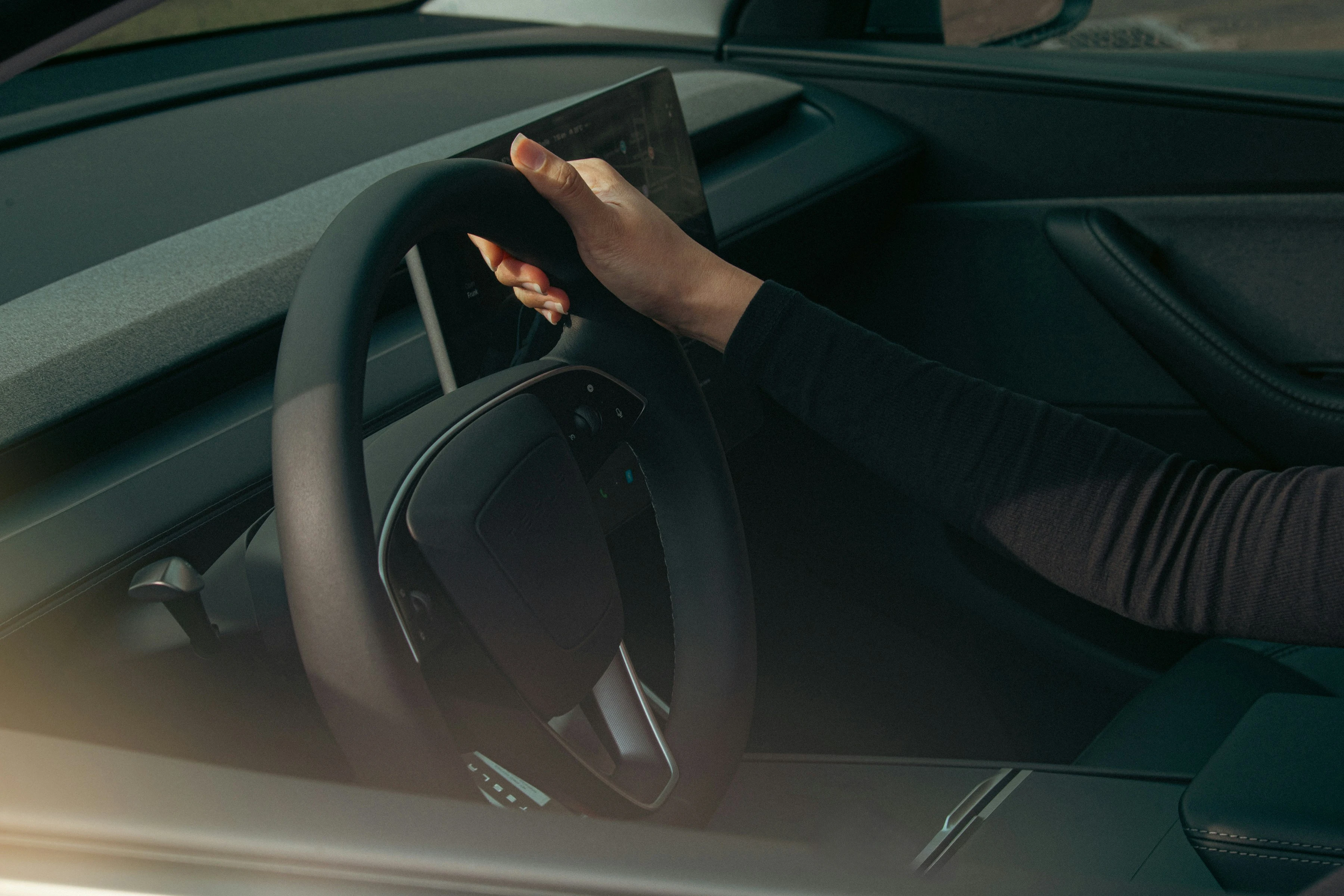8 Easy Ways to Increase Electric Car Range

Range anxiety is often cited as one of the key barriers to the adoption of electric cars, (Automotive World) range anxiety is defined as the concern the driver of an electric car has that the battery of their vehicle will drain before reaching a charging point. (Collins Dictionary) However Automotive World states that it’s less of a range problem and more of a psychological barrier.
In reality, despite the fears of not having enough range, on average, people in the UK only drive 20 miles a day and the average range of an electric car is around 200 miles. Additionally, there are currently over 42,000 charging stations at more than 15,500 locations across the UK as of March 2022 (EDF Energy) so there are also plenty of places to charge. Electric vehicle (EV) drivers aren’t actually limited at all, in fact, Nissan found that EV drivers are actually driving 370 miles further every year than traditional internal combustion engine (ICE) vehicles (Nissan).
Nevertheless, it can still be helpful to be aware of some ways to increase the range of your electric car so that when making the switch from ICE to EV, it feels a bit less daunting. Here is a list of some of our favourite tips when it comes to increasing range.
1. Climate control
First off, one of the biggest factors that can drain your battery is your climate control settings for both heating and cooling down the cabin. It’s estimated that you could lose 5-7 miles of range per hour of use, so using the AC sparingly could save you some extra miles. It was actually found that using the heated seat function is actually more energy-efficient than heating the cabin, so maybe try that out if you can’t bear the thought of driving in a cold car! (Wired)
If you feel that getting into a vehicle that is freezing cold in winter or boiling hot in summer is where you draw the line, try setting up climate control while your car is plugged in at your home charging station, you may also be able to do this remotely using an app on your phone depending on what type of charger you have as well as the make and model of your car.
Additionally, try and park somewhere where your vehicle won’t be as subjected to the elements, like parking in the shade or leaving your car in the garage overnight. Not only will this mean you won’t need to use as much energy to set your climate control preferences, this will also benefit the life cycle of your battery, as it won’t be as exposed to extreme temperatures. Read more about how range is affected by temperature here.

2. Plan your route
Whether you’re a new EV driver or you made the switch to electric a long time ago, it’s always good to plan your journey ahead of time, especially when travelling somewhere new.
Essentially, the faster you drive, the more energy you’ll use, so drivers will deplete their charge faster on motorways and dual carriageways compared to when driving in other, slower conditions. If you’re concerned about running out of battery, try to plan out your journey ahead of time on your sat nav or one of the various EV apps out there to ensure your route is the most energy-efficient one. The journey may end up taking longer, but if that’s not a problem for you then this may be a good way of conserving your battery's charge.
Additionally, knowing where the closest charging stations are to the route you're travelling will make you feel more confident and secure in the knowledge you won’t get stranded and even if you don’t need to stop and charge at any point, just knowing where they are may help ease your range anxiety. There are numerous apps that you can use to plan your journey, which can help to calculate the best route to take and where and when to stop for charing. Here is a list of some of the most popular apps in the UK.
3. Tyre pressure and wheel size
One factor that sometimes gets overlooked is how much the tyre pressure and wheel size of your vehicle can impact its range. These factors can affect range due to the fact that they can increase your rolling resistance, which essentially is when more energy is required to move your car.
In order to maximise your range, ensure that you have good tyre pressure and choose smaller alloy wheels with profile tyres on the thicker side that don’t protrude beyond the wheel arch and body of the car. This is due to that anything that sticks out beyond that will increase your rolling resistance.

4. Maximise regenerative braking
One amazing feature of electric cars is the ability to use regenerative braking. If you’ve never come across this before or if you can’t quite wrap your head around it, here’s a brief explanation of how regenerative braking works.
Usually, when you hit the brakes on a car, the energy of your car moving forward is wasted, but regenerative braking, instead of losing that energy you can recover some of it. Basically, when the wheels of your electric vehicle spin without you accelerating, the energy created travels back to the motor of your car which also acts as a generator, meaning it can recharge a small part of the battery. It works similarly to when you engine brake in a petrol or diesel engine car (i.e decelerating by letting the car roll forward without stepping on the accelerator or brake pedal).
Try to only use the brakes when necessary (although safety should always be your number 1 priority!) to maximise your regenerative braking and you’ll notice that you won’t run out of charge as quickly. You may also have a setting in your vehicle that further maximises regenerative braking too, so check to see if you have that option in your car. Do keep in mind though that using regen-braking only creates a small amount of electricity, but it does add up to improve your range!

5. Control Acceleration & utilise cruise control
As many electric cars have such fast acceleration it can be really tempting to accelerate quickly when driving. Although there’s no doubt this is one of the most fun parts of having an electric car it will also end up draining your battery rather quickly. When you drive faster in an electric car, you consume energy faster compared to when driving a traditional petrol or diesel engine car.
If you’re wanting to maximise range, try your best to resist the urge to accelerate quickly. A great way to avoid unnecessary acceleration is to use the cruise control function on your vehicle, as this keeps the amount of energy needed at a constant which is better for saving energy than it constantly fluctuating. Cruise control will be most effective when you’re driving on flat terrain with a consistent speed limit, so this tip won’t apply to hills or similar conditions.
6. Prioritise battery health
In order to prolong the life of the battery in your electric car, it’s a good idea to keep on top of the battery health, as when the battery in your EV is healthy, it will continue to hold a charge well.
The key is to not overcharge your vehicle, so if you want to avoid battery degradation, don’t charge your EV to 100% every time. You might have noticed this is the case with some other electronic devices like mobile phones or laptops that over time, they seem to drain the battery much faster than they used to when they were new even when you charge them the same way you always have. Our recommendation is to charge your vehicle when it dips to around 10-20% and only charge it up to 80%. Depending on what kind of charger you have, you may be able to set this up on your charging app to stop at 80%, or just simply remove the charger itself from your car when you reach this point.
Additionally, it’s good to be aware of how temperature affects you electric car’s battery life. If you can, try to park your electric car in the shade or in a garage so that it’s less likely to be exposed dramatic changes in temperature. You can read more about how temperature affects electric car batteries here.

7. Drive slower
Another thing to keep in mind is that your range won’t diminish as quickly if you drive slower. As mentioned above in some of the other tips, accelerating quickly will drain your battery faster than if you accelerate slower, and the same principle applies to driving in general, as the faster you drive, the harder the motor has to work and the more energy you consume.
Whereas ICE vehicles have a ‘sweet spot’ optimal efficiency speed of 50mph, to maximise your range in and electric car, we recommend you gently accelerate and brake slowly and steadily. Although ideally the best way to conserve your battery life would be to drive very slowly this isn’t always an option, try to keep between 5-10mph below the speed limit to maximise range.
8. Travel light
Just like rolling resistance increases when you have larger alloy wheels or low air pressure in your tyres, carrying around unnecessary weight can also drain your battery quickly. If you have a proclivity to over-pack and you’re confused as to why your batteries run out a bit sooner than you’d like, maybe remove some of that extra stuff in the boot.
If you’d like to see which electric cars we currently have available, why not browse our range, or if you’d like to learn more about how you could save up to 50% on your monthly car costs, click here to send an enquiry.




